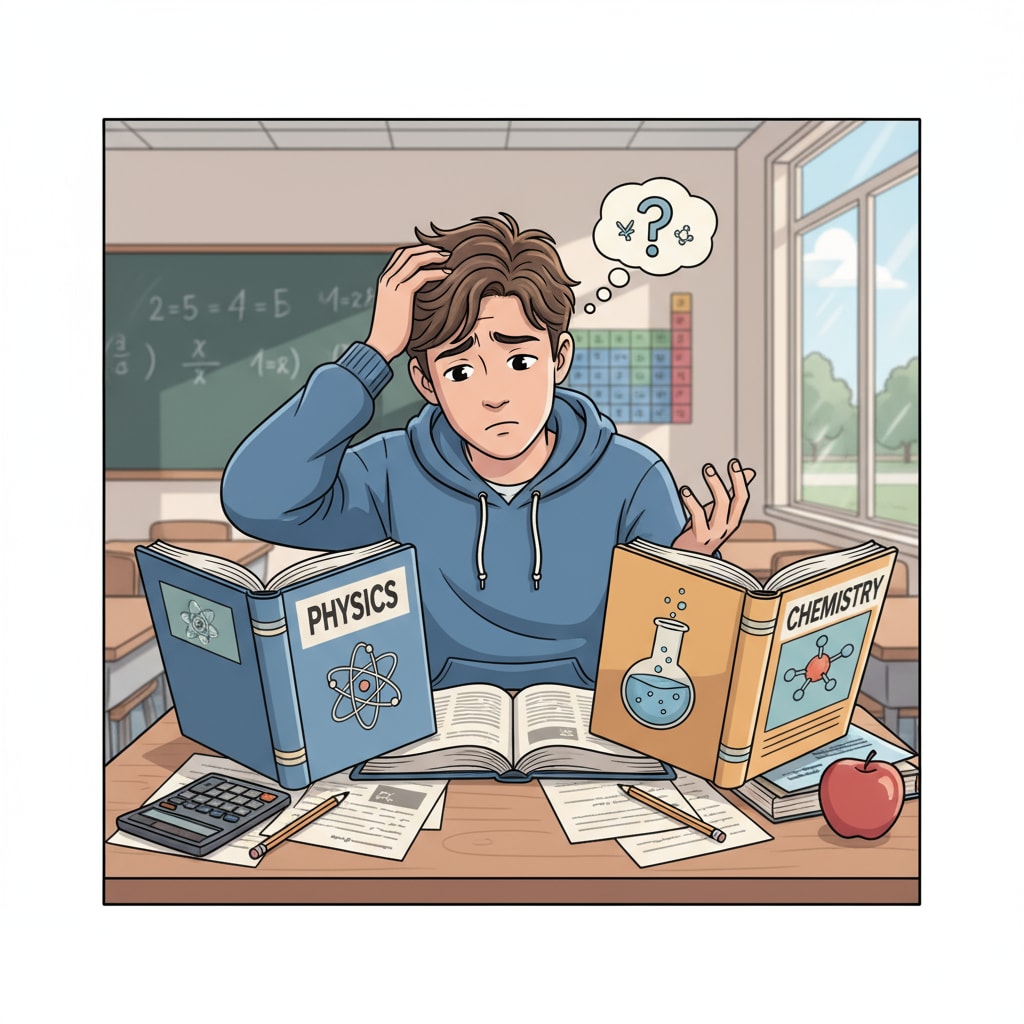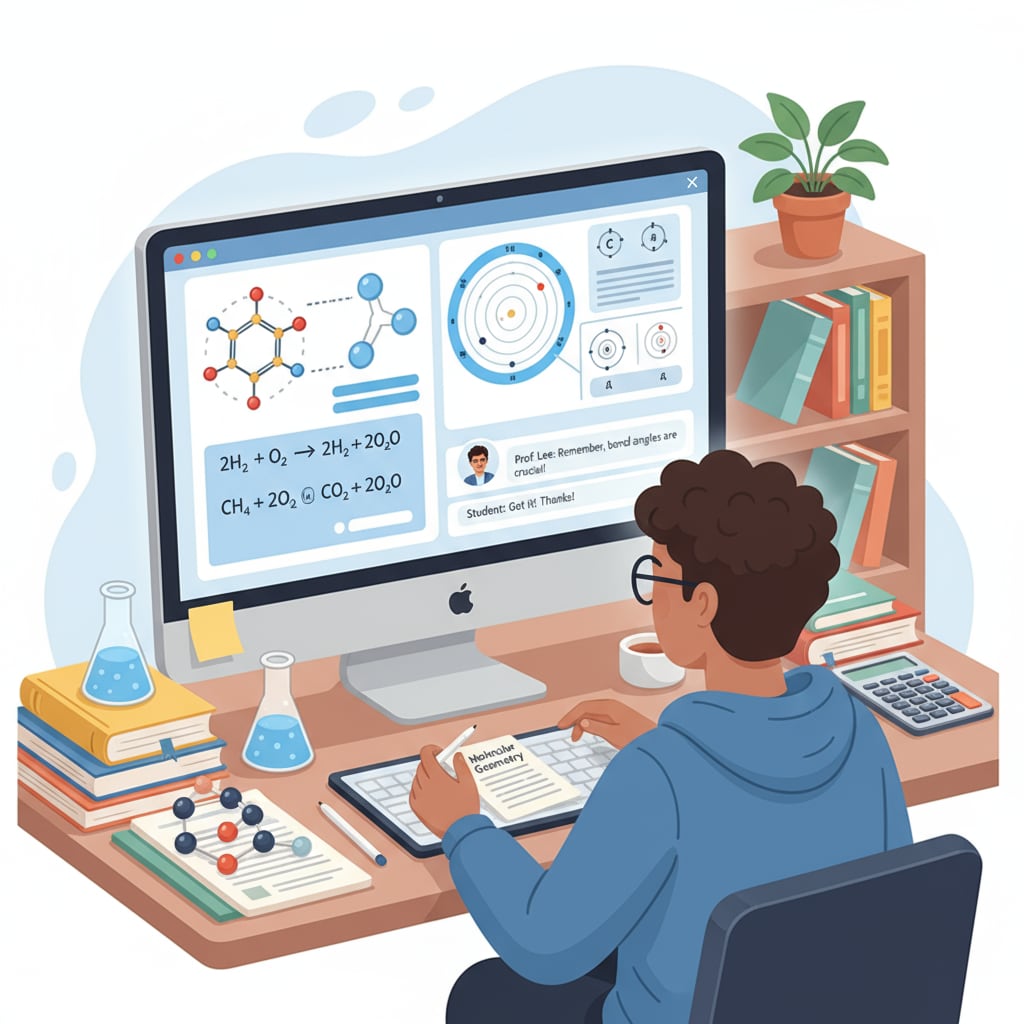Physics, chemistry, online learning, and the health field are intertwined in the challenging decision that high school students are currently facing. With the reality of schools canceling chemistry courses, students are at a crossroads, having to decide whether to continue with physics learning or shift to online chemistry learning. This article aims to explore this choice dilemma in depth and offer valuable insights for students interested in the health field.
The Dilemma of Physics vs. Online Chemistry
For high school students, the decision between physics and online chemistry is not straightforward. Physics has long been a cornerstone of scientific education, focusing on concepts like motion, energy, and forces. It equips students with strong analytical and problem-solving skills. On the other hand, chemistry delves into the composition, structure, properties, and reactions of matter. It’s crucial for understanding biological processes, which are highly relevant to the health field. When schools remove chemistry from the curriculum, students who had planned to study it face a difficult situation. They need to weigh the benefits of sticking with physics against the potential of online chemistry learning. Physics education on Wikipedia provides more insights into the subject’s educational significance.

Online Chemistry: A Viable Option?
Online chemistry learning has emerged as a possible solution for students. The digital age offers a wealth of resources, such as online courses, virtual labs, and educational videos. These resources can provide students with a comprehensive learning experience. For example, some platforms offer interactive simulations that allow students to conduct experiments virtually, giving them a hands-on feel for chemical reactions. However, online learning also has its challenges. It requires a high level of self-discipline and motivation. Without the in-person guidance of a teacher, students may struggle to stay on track. Additionally, the lack of physical laboratory equipment for practical experiments can be a limitation. Chemistry education on Britannica can help understand the traditional and modern aspects of chemistry learning.

When considering the health field, both physics and chemistry play important roles. Physics is useful in areas like medical imaging, such as X-rays, MRIs, and ultrasounds. It helps in understanding the principles behind these technologies. Chemistry, on the other hand, is fundamental to understanding biochemistry, pharmacology, and the chemical reactions that occur within the human body. Students need to assess their long-term career goals in the health field to make an informed decision. If they’re interested in becoming radiologists or working in medical physics, then physics may be the better choice. However, if their aspirations lie in areas like pharmacy, biochemistry research, or nursing, chemistry would be more relevant.
Readability guidance: The decision between physics and online chemistry for high school students in the context of the health field is complex. By understanding the pros and cons of each option and aligning with career goals, students can make a more informed and wise choice.


